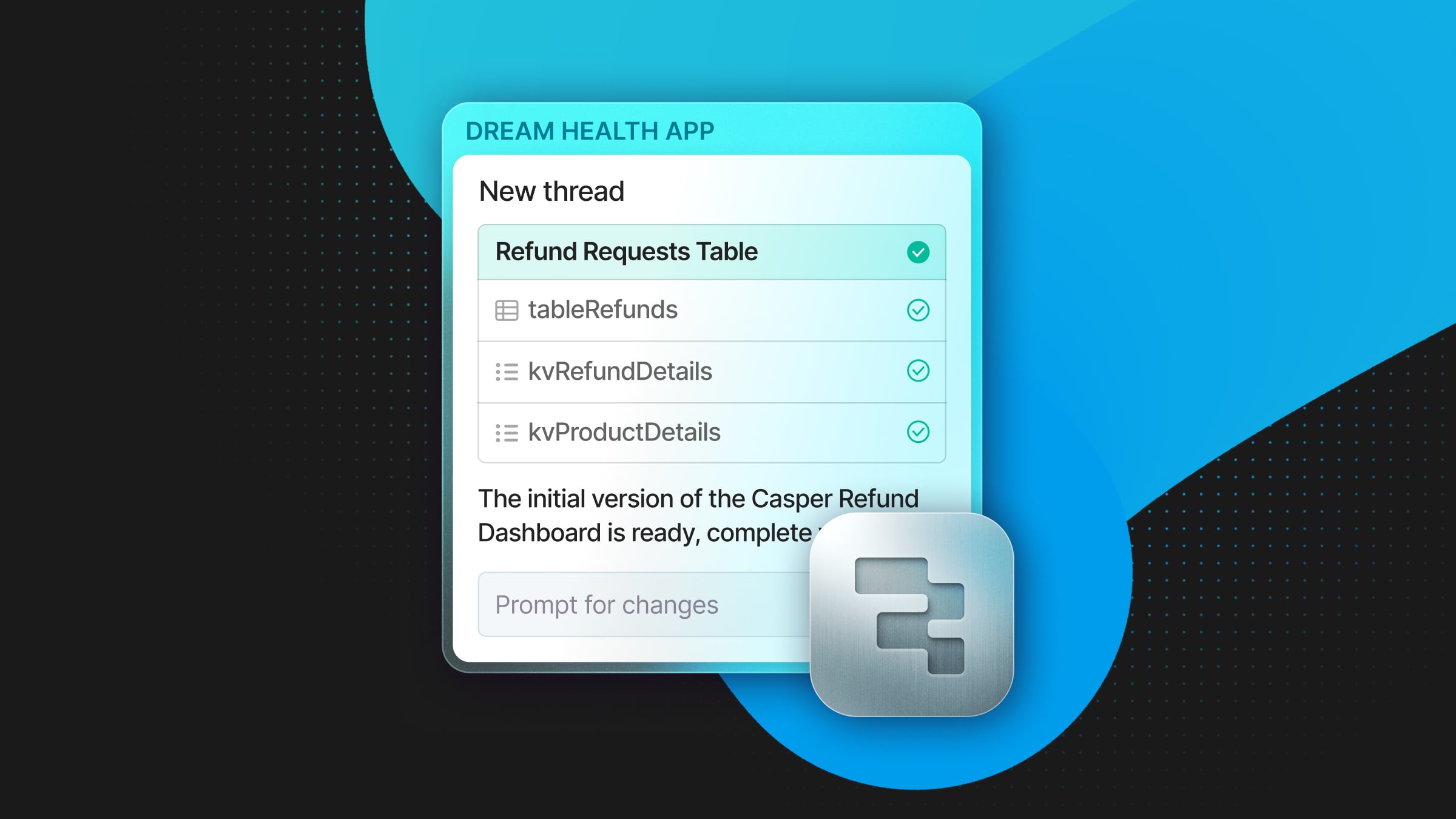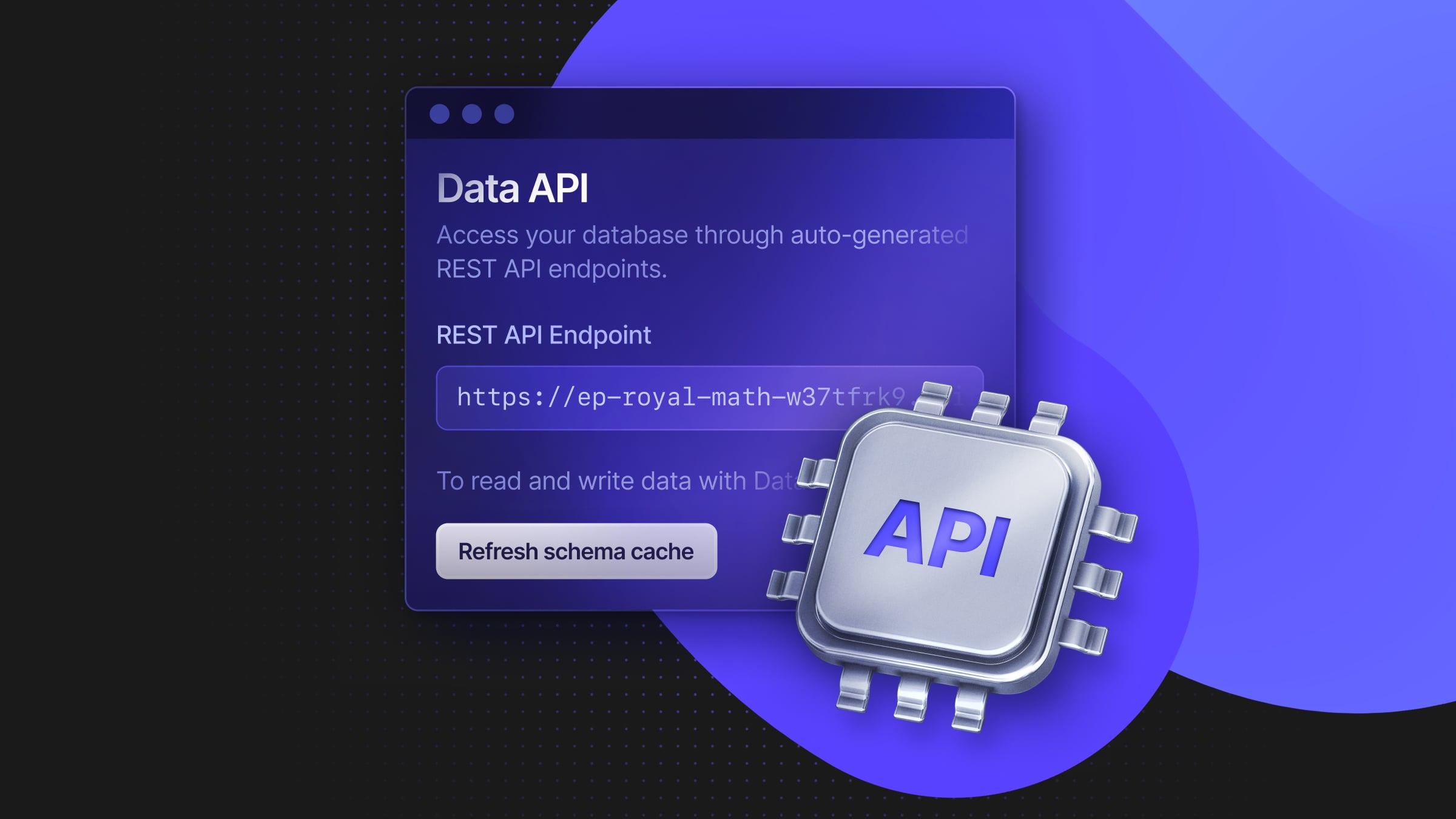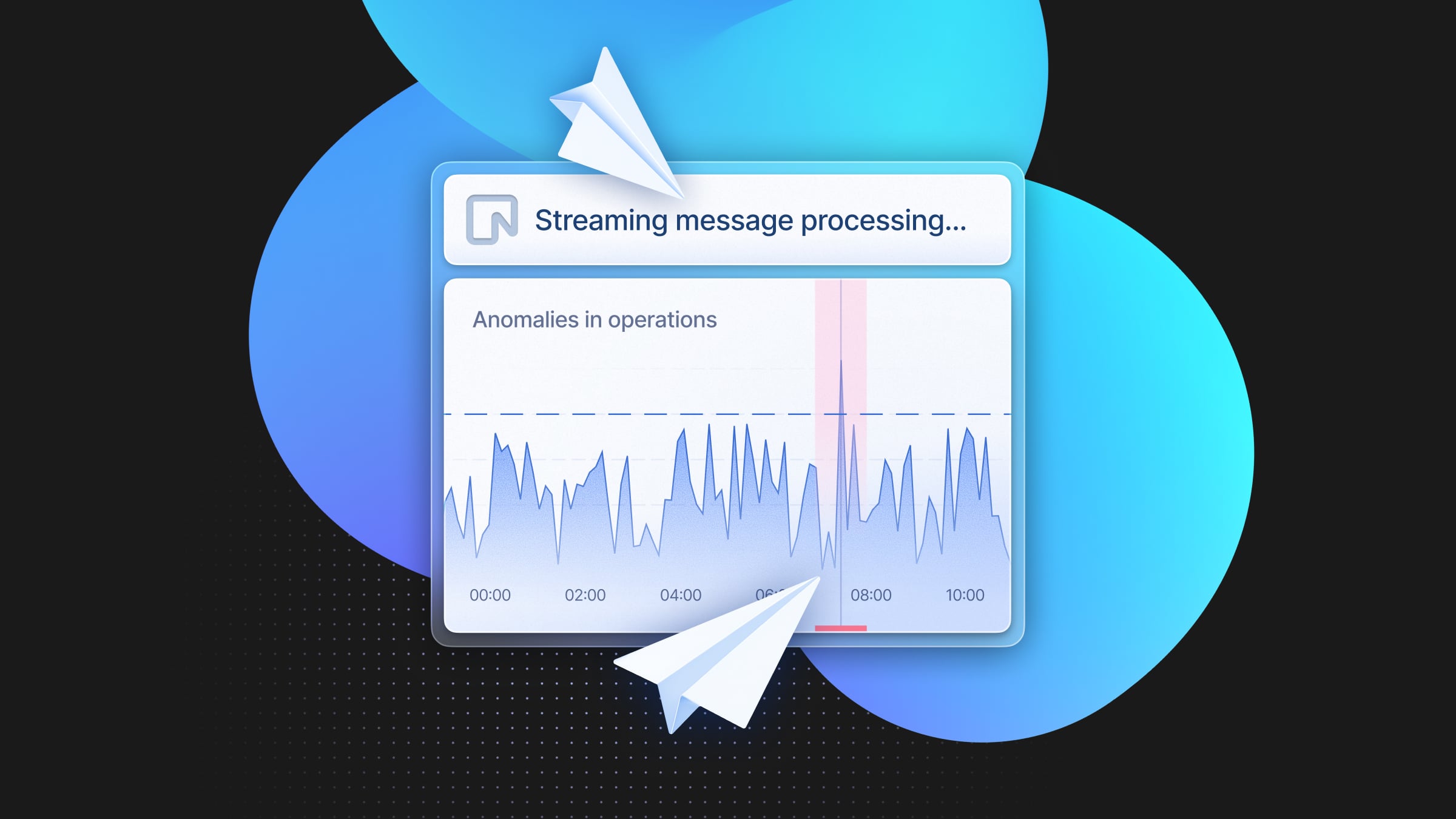
Update: Neon RLS is now part of the Neon Data API
Postgres Row-Level Security is notoriously difficult to comprehend and use. The policy access model for a todos table in a Todo List app can be declared as per the following table:
| Operation | Using (applies to data being returned) | Wich Check (applies to data being written) |
|---|---|---|
| Select | auth.user_id() = user_id | |
| Insert | – | auth.user_id() = user_id |
| Update | auth.user_id() = user_id | auth.user_id() = user_id |
| Delete | – | auth.user_id() = user_id |
And the SQL code would look like this:
CREATE TABLE IF NOT EXISTS "todos" (
"id" bigint PRIMARY KEY,
"user_id" text DEFAULT (auth.user_id()) NOT NULL,
"task" text NOT NULL,
"is_complete" boolean DEFAULT false NOT NULL,
"inserted_at" timestamp with time zone DEFAULT now() NOT NULL
);
ALTER TABLE "todos" ENABLE ROW LEVEL SECURITY;
CREATE POLICY "create todos" ON "todos" AS PERMISSIVE FOR INSERT TO "authenticated" WITH CHECK ((select auth.user_id() = user_id));
CREATE POLICY "view todos" ON "todos" AS PERMISSIVE FOR SELECT TO "authenticated" USING ((select auth.user_id() = user_id));
CREATE POLICY "crud-authenticated-policy-update" ON "todos" AS PERMISSIVE FOR UPDATE TO "authenticated" USING ((select auth.user_id() = "todos"."user_id")) WITH CHECK ((select auth.user_id() = "todos"."user_id"));
CREATE POLICY "delete todos" ON "todos" AS PERMISSIVE FOR DELETE TO "authenticated" USING ((select auth.user_id() = user_id));This is an extremely low-level API. And for most applications and data models, it will get very repetitive. So, we’ve designed a more concise API that’s specifically designed for CRUD apps.
This is what it looks like:
import { crudPolicy, authenticatedRole, authUid } from “drizzle-orm/neon”;
export const todos = pgTable(
"todos",
{
id: bigint().primaryKey(),
userId: text()
.notNull()
.default(sql`(auth.user_id())`),
task: text().notNull(),
isComplete: boolean().notNull().default(false),
insertedAt: timestamp({ withTimezone: true })
.defaultNow()
.notNull(),
},
(table) => [
crudPolicy({
role: authenticatedRole,
read: authUid(table.userId),
modify: authUid(table.userId),
}),
],
);The crudPolicy function is implemented here. And these are its inputs:
- role: The PostgreSQL role(s) to apply the policy to. Can be a single
PgRoleinstance or an array ofPgRoleinstances or role names. - read: The SQL expression or boolean value that defines the read policy. Set to
trueto allow all reads,falseto deny all reads, or provide a custom SQL expression. Set tonullto prevent the policy from being generated. - modify: The SQL expression or boolean value that defines the modify (insert, update, delete) policies. Set to
trueto allow all modifications,falseto deny all modifications, or provide a custom SQL expression. Set tonullto prevent policies from being generated.
And it returns an array of PostgreSQL policy definitions, one for each data operation (select, insert, update, delete).
The authUid function is specific to pg_session_jwt, but its implementation is very simple. It simply allows you to connect auth.user_id to a column in your table.
export const authUid = (userIdColumn: AnyPgColumn) => sql`(select auth.user_id() = ${userIdColumn})`;This API is a much higher-level abstraction on top of Postgres RLS, which will hopefully be helpful to anyone using Postgres RLS (on Neon, or not, with pg_session_jwt or not).
Coming soon: If you’re curious about this API and what it looks like in a more complete data model, we’ll be publising a blog post with a reference RLS implemenration for a social media network.


